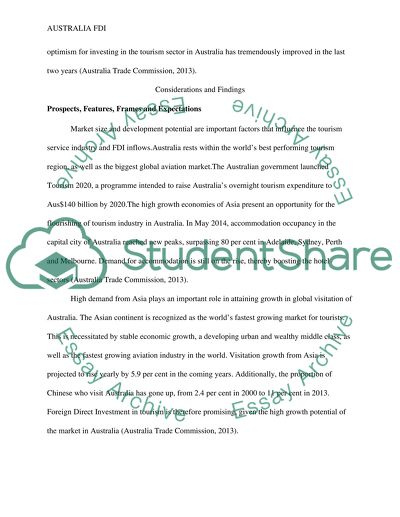Cite this document
(“Profiling Australian TSM as a Foreign Direct Investment Prospect Assignment - 1”, n.d.)
Profiling Australian TSM as a Foreign Direct Investment Prospect Assignment - 1. Retrieved from https://studentshare.org/finance-accounting/1656364-finance-for-international-business
Profiling Australian TSM as a Foreign Direct Investment Prospect Assignment - 1. Retrieved from https://studentshare.org/finance-accounting/1656364-finance-for-international-business
(Profiling Australian TSM As a Foreign Direct Investment Prospect Assignment - 1)
Profiling Australian TSM As a Foreign Direct Investment Prospect Assignment - 1. https://studentshare.org/finance-accounting/1656364-finance-for-international-business.
Profiling Australian TSM As a Foreign Direct Investment Prospect Assignment - 1. https://studentshare.org/finance-accounting/1656364-finance-for-international-business.
“Profiling Australian TSM As a Foreign Direct Investment Prospect Assignment - 1”, n.d. https://studentshare.org/finance-accounting/1656364-finance-for-international-business.


